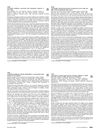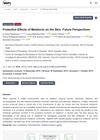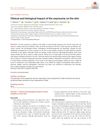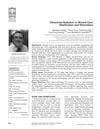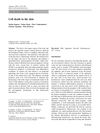Comparison of DNA Repair Systems in Infant, Children, or Adult Skin Cells—Impact of Full-Solar-Spectrum Irradiation
August 2018
in “
Journal of The American Academy of Dermatology
”
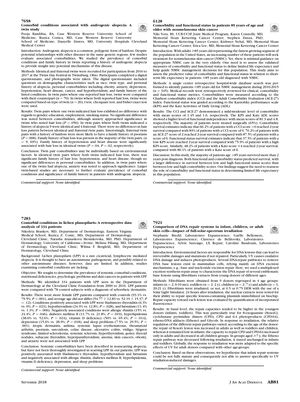
TLDR Infant skin cells may be less capable of repairing UV-induced DNA damage than adult cells.
The document presents findings from a study that compared DNA repair capacities in skin cells from individuals of different age groups—infants, toddlers, children, and adults—after exposure to full-solar-spectrum irradiation. The study involved fibroblasts from 9 donors categorized into four age groups: infants (6-10 months, n=2), toddlers (2 years, n=2), children (7 years, n=2), and adults (20-21 years, n=3). The cells were irradiated with a Solar Light Simulator and then assessed for their ability to repair specific DNA lesions using a multiplexed excision synthesis repair assay. The results showed that at the basal level, repair capacities were higher in the youngest donors, particularly for certain types of DNA damage such as 8-oxoguanine, cyclobutane pyrimidine dimers, and etheno-DNA adducts. After irradiation, the repair capacity for 8-oxoguanine increased in adults, toddlers, and children but not in infants. The ability to repair cyclobutane pyrimidine dimers and 6-4 photoproducts increased only in adults and decreased in all children groups. The study concluded that infant repair systems might not be fully mature, suggesting they may not be as capable of specifically addressing UV-induced DNA damage compared to adults.

